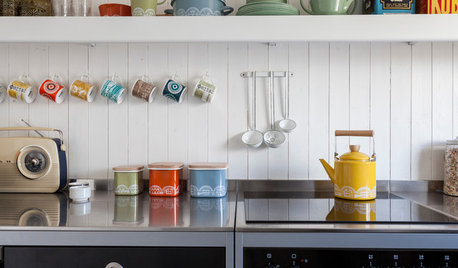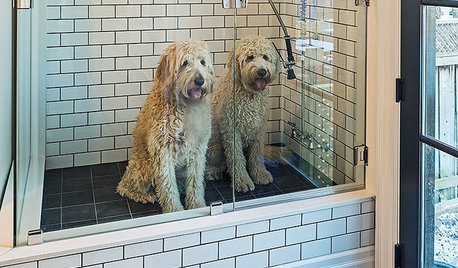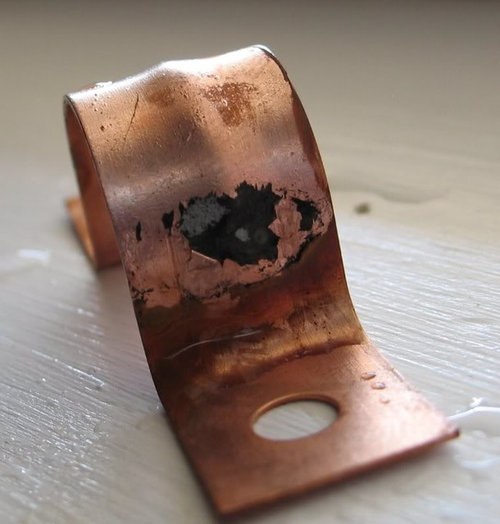Does reverse osmosis water corrode copper plumbing? The answer ..
ohmmm_gw
12 years ago
Featured Answer
Sort by:Oldest
Comments (29)
User
12 years agodavidro1
12 years agoRelated Professionals
Boise Plumbers · Milford Plumbers · Worcester Plumbers · Adelphi Kitchen & Bathroom Remodelers · University City Kitchen & Bathroom Remodelers · Wood River Kitchen & Bathroom Remodelers · Apex Kitchen & Bathroom Remodelers · Creve Coeur Kitchen & Bathroom Remodelers · Durham Kitchen & Bathroom Remodelers · Hunters Creek Kitchen & Bathroom Remodelers · Placerville Kitchen & Bathroom Remodelers · Saint Augustine Kitchen & Bathroom Remodelers · Skokie Kitchen & Bathroom Remodelers · Wilmington Island Kitchen & Bathroom Remodelers · Travilah Kitchen & Bath Fixturestheplbginfo
12 years agoUser
12 years agoasolo
12 years agoUser
12 years agoasolo
12 years agorjh2o
12 years agoasolo
12 years agoUser
12 years agoasolo
12 years agoUser
12 years agoasolo
12 years agoUser
12 years agodavidro1
12 years agoUser
12 years agobus_driver
12 years agoUser
12 years agooriddlero
9 years agolast modified: 9 years agoUser
9 years agooriddlero
9 years agolast modified: 9 years agoUser
9 years agolast modified: 9 years agooriddlero
9 years agoUser
9 years agoMrDoucheChill .
7 years ago75587ccf
6 years agoUser
6 years agoWilliam Lipp
3 years ago
Related Stories

CURB APPEALModern Materials: Copper, Architecture's Natural Beauty
The rich patina is just the beginning — copper for home exteriors is strong, shapable and highly recyclable
Full Story
HEALTHY HOMEHow to Choose a Home Water Filtering System
Learn which water purification method is best for your house, from pitchers to whole-house setups
Full Story
SAVING WATER11 Ways to Save Water at Home
Whether you live in a drought-stricken area or just want to help preserve a precious resource, here are things you can do to use less water
Full Story
GREEN BUILDINGJust Add Water: Rain Barrel Magic
Take your rainwater storage from practical to beautiful with a new breed of design-friendly rain barrels
Full Story
LIFEHow Do You Make Your Tea and Coffee in the Morning?
A morning cup is a must for many, and preparation comes in many guises. We look at coffee and tea habits across the Houzz community
Full Story
HOUSEKEEPINGHow to Clean Stainless Steel
Protect this popular kitchen material with a consistent but gentle cleaning routine
Full Story
KITCHEN DESIGN20 Kitchen Must-Haves From Houzz Readers
We asked you to tell us your top kitchen amenities. See what popular kitchen features made the list
Full Story
REMODELING GUIDESOriginal Home Details: What to Keep, What to Cast Off
Renovate an older home without regrets with this insight on the details worth preserving
Full Story
THE HARDWORKING HOME8 Laundry Room Ideas to Watch For This Year
The Hardworking Home: A look at the most popular laundry photos in 2014 hints that dog beds, drying racks and stackable units will be key
Full Story
DOORS5 Questions to Ask Before Installing a Barn Door
Find out whether that barn door you love is the right solution for your space
Full StoryMore Discussions












User